All Global Research articles can be read in 51 languages by activating the Translate Website button below the author’s name (desktop version)
To receive Global Research’s Daily Newsletter (selected articles), click here.
Follow us on Instagram and Twitter and subscribe to our Telegram Channel. Feel free to repost and share widely Global Research articles.
***
Originally published on Global Asia in 2016.
This article presents the most detailed description of a constitution of information. I published it in the mainstream Global Asia in 2016 in an effort to go beyond complaining about the misuse of information and propose some real solutions. Since that time, I have increasingly come to feel we must simply pull back from the use of the internet and computers overall in order to save energy and preserve a healthy culture.
*
The world has been rocked in recent weeks by reports of rampant fake news stories circulating through social media that have the potential to completely disrupt the political process and undermine the international standards for transparency and accountability that we have come to take for granted. So serious has the problem become that Face – book has proposed a new system to identify doubt ful news reports and tag them for readers, as well as to limit the circulation of such stories. However, in the case of Facebook, the third party assigned to confirm the accuracy of reports is a fact-checking network established by Poynter, a nonprofit school for journalism in St. Petersburg, Florida, in collaboration with ABC News, Politifact, Fact Check, Snopes and the Associated Press.
But is Poynter’s “fact checking network” the best place for Facebook, or anyone else, to turn for a determination of what is accurate? After all, many of those media organizations have themselves been caught passing questionable stories in the build up to the Iraq War and other recent incidents. All this comes on top of the divisive dispute concerning the massive hacking of the emails of the Democratic National Committee in the United States by Wikileaks, an act which has been attributed to Russian intelligence as part of explicit Russian interference in the 2016 presidential election. Assuring that information in the media is accurate, or that email is secure, is no longer a personal issue.
False information, in increasingly realistic formats, can be profoundly disruptive to the international order. Moreover, the exponential evolution of technology suggests that these current crises are but part of a far more serious transformation of our society that we have yet to address directly. We will face devastating existential questions in the years ahead as human civilization enters a potentially catastrophic transformation driven not by the foibles of man, but rather by the exponential increase in our capability to gather, store, share, alter and fabricate information of every form, coupled with a sharp drop in the cost of doing so. Such basic issues as how we determine what is true and what is real, who controls institutions and organizations, and what has intellectual and spiritual significance for us will become increasingly problematic.
In the case of the US, the emerging challenge cannot be solved simply by updating the Electronic Communications Privacy Act of 1986 to meet the demands of the present day;1 it will require a rethinking of our society and culture and new, unprecedented, institutions.
A change in human life itself
The International Data Corporation (IDC) estimates that there were at least 4.4 zettabytes (4.4 trillion gigabytes) of digital data in 2013 and that the total will rise to an astounding 44 zettabytes by 2020.2 The explosion in the amount of information circulating in the world, and the increase in the ease with which that information can be obtained or altered, will change every aspect of our lives, from education and governance to friendship and kinship, to the very nature of human experience. We need a comprehensive response to the information revolution that not only proposes innovative ways to employ new technologies in a positive manner, but also addresses the serious, unprecedented challenges that they present for us. The ease with which information of every form can now be reproduced and altered is an epistemological, ontological and governmental challenge for us.
Let us concentrate on the issue of governance here. The manipulability of information is increasing in all aspects of life, but the constitutions — whether in the US or elsewhere — on which we base our laws and our government has little to say about information, and nothing to say about the transformative wave sweeping through society as a result. Moreover, we have trouble grasping the seriousness of the information crisis because it alters the very lens through which we perceive the world.
If we rely on the Internet to tell us how the world changes, for example, we are blind to how the Internet itself is evolving and how that evolution impacts human relations. For that matter, given that our very thought patterns are molded over time by the manner in which we receive information, we may come to see information that is presented online as more reliable than our direct perceptions of the physical world. The information revolution has the potential to dramatically change human awareness of the world and inhibit our ability to make decisions if we are surrounded with convincing data whose reliability we cannot confirm. These challenges call out for a direct and systematic response.
There are a range of piecemeal solutions to the crisis being undertaken around the world. The changes, however, are so fundamental that they call out for a systematic response. We need to hold an international constitutional convention through which we can draft a legally binding global “constitution of information” that will address the fundamental problems created by the information revolution and set down clear guidelines for how we can control the terrible cultural and institutional fluidity created by this information revolution.
The process of identifying the problems born of the massive shift in the nature of information, and suggesting workable solutions will be complex, but the issue calls out for an entirely new universe of administration and jurisprudence regarding the control, use and abuse of information. As the American writer and novelist James Baldwin once wrote, “Not everything that is faced can be changed. But nothing can be changed until it is faced.”
An information constitution
The changes cannot be dealt with through mere extensions of the US Constitution or the existing legal code, nor can it be left to intelligence agencies, communications companies, congressional committees or international organizations that were not designed to handle the convergence of issues related to increased computational power, but end up formulating information policy by default.
We must bravely set out to build a consensus in the US, and around the world, about the basic definition of information, how information should be controlled and maintained, and what the long-term implications of the shifting nature of information will be for humanity. We should then launch a constitutional convention and draft a document that sets forth a new set of laws and responsible agencies for assessing the accuracy of information and addressing its misuse.
Those who may object to such a constitution of information as a dangerous form of centralized authority likely to encourage further abuse are not fully aware of the difficulty of the problems we face. The abuse of information has already reached epic proportions, and we are just at the beginning of an exponential increase. There should be no misunderstanding: I am not suggesting a totalitarian Ministry of Truth that undermines a world of free exchange between individuals. Rather, I am proposing a system that will bring accountability, institutional order and transparency to the institutions and companies that already engage in the control, collection, and alteration of information.
Failure to establish a constitution of information will not assure preservation of an Arcadian utopia, but rather encourage the emergence of even greater fields of information collection and manipulation entirely beyond the purview of any institution. The result will be increasing manipulation of human society by dark and invisible forces for which no set of regulations has been established — that is already largely the case.
The constitution of information, in whatever form it may take, is the only way to start addressing the hidden forces in our society that tug at our institutional chains. Drafting a constitution is not merely a matter of putting pen to paper. The process requires the animation of that document in the form of living institutions with budgets and mandates. It is not my intention to spell out the full parameters of such a constitution of information and the institutions that it would support, because a constitution of information can only be successful if it engages living institutions and corporations in a complex and painful process of deal-making and compromises that, like the American Constitutional Convention of 1787, is guided at a higher level by certain idealistic principles.
The ultimate form of such a constitution cannot be predicted or determined in advance, and to present a version in advance here would be counterproductive. We can, however, identify some of the key challenges and the issues that would be involved in drafting such a constitution of information.
Threats posed by the Information Revolution
The ineluctable increase of computational power in recent years has simplified the transmission, modification, creation and destruction of massive amounts of information, rendering all information fluid, mutable and potentially unreliable. The rate at which information can be rapidly and effectively manipulated is enhanced by an exponential rise in the capacity of computers.
Following Moore’s Law, which suggests that the number of microprocessors that can be placed on a chip will double every 18 months, the capacity of computers continues to increase dramatically, whereas human institutions change only very slowly.3 That gap between technological change and the evolution of human civilization has reached an extreme, all the more dangerous because so many people have trouble grasping the nature of the challenge and blame the abuse of information on the dishonesty of individuals or groups rather than on the technological change itself.
The cost for surveillance of electronic communications, for keeping track of the whereabouts of people and for documenting every aspect of human and non-human interaction, is dropping so rapidly that what was the exclusive domain of supercomputers at the National Security Agency a decade ago is now entirely possible for developing countries, and will soon be in the hands of individuals.
In 10 years, when vastly increased computational power will mean that a modified laptop computer can track billions of people with considerable resolution, and that capability is combined with autonomous drones, we will need a new legal framework to respond in a systematic manner to the use and abuse of information at all levels of society.
If we start to plan the institutions that we will need, we can avoid the greatest threat: the invisible manipulation of information without accountability. As the cost of collecting information becomes inexpensive, it is becoming easier to collect and sort massive amounts of data about individuals and groups and to extract from that information relevant detail about their lives and activities.
Seemingly insignificant data taken from garbage, e-mails and photographs can now be easily combined and systematically analyzed to essentially give as much information about individuals as a government might obtain from wiretapping — although emerging technology makes the process easier to implement and harder to detect. Increasingly smaller devices can take photographs of people and places over time with great ease, and that data can be combined and sorted so as to obtain extremely accurate descriptions of the daily lives of individuals — who they are and what they do.
Such information can be combined with other information to provide complete profiles of people that go beyond what the individuals know about themselves. As cameras are combined with mini-drones in the years to come, the range of possible surveillance will increase dramatically. Global regulations will be an absolute must for the simple reason that it will be impossible to stop the gathering of this form of big data. In the not-too-distant future, it will be possible to fabricate cheaply not only texts and data, but all forms of photographs, recordings and videos with such a level of verisimilitude that fictional artifacts indistinguishable from their historically accurate counterparts will compete for our attention. Currently, existing processing power can be combined with intermediate user-level computer skills to effectively alter information, whether still-frame images using programs like Photoshop or videos using Final Cut Pro.
Digital information platforms for photographs and videos are extremely susceptible to alteration and the problem will get far worse. It will be possible for individuals to create convincing documentation, photos or videos, in which any event involving any individual is vividly portrayed in an authentic manner. It will be increasingly easy for any number of factions and interest groups to make up materials that document their perspectives, creating political and systemic chaos. Rules stipulating what is true, and what is not, will no longer be an option when we reach that point. Of course, the authority of an organization to make a call as to what information is true brings with it incredible risks of abuse. Nevertheless, although there will be great risk in enabling a group to make binding determinations concerning what is authentic (and there will clearly be a political element to truth as long as humans rule society), the danger posed by inaction is far worse.
What is reality?
When fabricated images and movies can no longer be distinguished from reality by the observer and computers can easily create new content, it will be possible to continue these fabrications over time, thereby creating convincing alternative realities with considerable mimetic depth. At that point, the ability to create convincing images and videos will merge with the next generation of virtual reality technologies to further confuse the issue of what is real. We will see the emergence of virtual worlds that appear at least as real as the one that we inhabit.
If some event becomes a consistent reality in those virtual worlds, it may be difficult, if not impossible, for people to comprehend that the event never actually “happened,” thereby opening the door for massive manipulation of politics and ultimately of history. Once we have complex virtual realities that present a physical landscape with almost as much depth as the real world, and the characters have elaborate histories and memories of events over decades and form populations of millions of anatomically distinct virtual people, the potential for confusion will be tremendous. It will no longer be clear what reality has authority, and many political and legal issues will be unsolvable.
But that is only half of the problem. These virtual worlds are already extending into social networks. An increasing number of people on Facebook are not actual people at all, but characters and avatars created by third parties. As computers grow more powerful, it will be possible to create thousands, then hundreds of thousands, of individuals on social networks who have complex personal histories and personalities.
These virtual people will be able to engage human partners in compelling conversations that pass the Turing Test — the inability of humans to distinguish answers to the same question given to them by machines and people. And, because these virtual people can write messages and Skype 24 hours a day, and customize their messages to what the individual finds interesting, they can be more attractive than human “friends” and have the potential to seriously distort our very concept of society and reality. There will be a concrete and practical need for a set of codes and laws to regulate such an environment.
The rise of fake truth
Over time, virtual reality may end up seeming much more real and convincing to people who are accustomed to it than actual reality. That issue is particularly relevant when it comes to the next generation, who will be exposed to virtual reality from infancy.
Yet, virtual reality is fundamentally different from the real world. For example, virtual reality is not subject to the same laws of causality. The relations between events can be altered with ease in virtual reality, and epistemological assumptions from the concrete world do not hold. Virtual reality can muddle such basic concepts as responsibility and guilt, or the relationship of self and society. It will be possible in the not-too-distant future to convince people of something using faulty or irrational logic whose only basis is in virtual reality. This fact has profound implications for every aspect of law and institutional functionality. And if falsehoods are continued in virtual reality — which seems to represent reality accurately — over time in a systematic way, interpretations of even common-sense assumptions about life and society will diverge, bringing everything into question.
As virtual reality expands its influence, we will have to make sure that certain principles are upheld even in virtual space, to assure that it does not create chaos in our very conception of the public sphere. That process, I hold, cannot be governed in the legal system that we have at present.
New institutions will have to be developed. The dangers of increasingly unverifiable information are perhaps a greater threat than even terrorism. While the idea of individuals or groups setting off “dirty bombs” is certainly frightening, imagine a world in which the polity can never be sure whether anything they see/read/hear is true or not. This threat is at least as significant as surveillance operations, but has received far less attention. The time has come for us to formulate the institutional foundation that will define and maintain firm parameters for the use, alteration and retention of information on a global scale.
You are being watched
We live in a money-based economy, but the information revolution is altering the nature of money itself right before our eyes. Money has gone from an analog system that was once restricted to the amount of gold a government possessed to a digital system in which the only limitation on the amount of money represented in computers is the tolerance for risk on the part of the players involved and the ability of national and international institutions to monitor the system.
In any case, the mechanisms are now in place to alter the amount of currency, or for that matter many other items such as commodities or stocks, without any effective global oversight. The value of money and the quantity in circulation can be altered with increasing ease, and current safeguards are clearly insufficient. The problem willgrow worse as computational power, and the number of players who can engage in complex manipulations of money, increases.
Then there is the explosion in the field of drones and robots, devices of increasingly small size that can conduct detailed surveillance and that increasingly are capable of military action and other forms of interference in human society. The US had no armed drones and no robots when it entered Afghanistan, but it has now more than 8,000 drones in the air and more than 12,000 robots on the ground.
The number of drones and robots will continue to increase rapidly and they are increasingly being used in the US and around the world without regard for borders. As the technology becomes cheaper, we will see more tiny drones and robots that can operate outside of any legal framework. They will be used to collect information, but they can also be hacked and serve as portals for the distortion and manipulation of information at every level.
Moreover, drones and robots have the potential to carry out acts of destruction and other criminal activities whose source can be hidden because of ambiguities over control and agency. For this reason, the rapidly emerging world of drones and robots deserves to be treated at great length within the constitution of information.
Drafting the Constitution of Information
The constitution of information could become an internationally recognized, legally binding document that lays down rules for maintaining the accuracy of information and protecting it from abuse. It could also set down the parameters for institutions charged with maintaining long-term records of accurate information against which other data can be checked, thereby serving as the equivalent of an atomic clock for exact reference in an age of considerable confusion.
The ability to certify the integrity of information is an issue that is of an order of magnitude more serious than the intellectual property issues on which most international lawyers focus today, and deserves to be identified as a field entirely in itself — with a constitution of its own that serves as the basis for all future debate and argument.
This challenge of drafting a constitution of information requires a new approach and a bottom-up design in order to sufficiently address the gamut of complex, interconnected issues found in transnational spaces like that in which digital information exists. The governance systems for information are simply not sufficient, and overhauling them to meet the standards necessary would be much more work and much less effective than designing and implementing an entirely new, functional system, which the constitution of information represents. Moreover, the rate of technological change will require a system that can be updated and made relevant while at the same time safeguarding against it being captured by vested interests or made irrelevant. A possible model for the constitution of information can be found in the “Freedom of Information” section of the new Icelandic constitution drafted in 2011.
The Constitutional Council engaged in a broad debate with citizens and organizations throughout the country about the content of the new constitution, which described in detail mechanisms required for government transparency and public accessibility that are far more aligned with the demands of today than other similar documents.5 It would be meaningless, however, to merely put forth a model, international constitution of information without the process of drafting it because without the buy-in of institutions and individuals in its formulation, the constitution would not have the authority necessary for it to be accepted and to function. The process of debate and compromise that would determine the contours of that constitution would endow it with social and political significance, and, like the US Constitution of 1787, it would become the core for governance.
For that matter, the degree to which the content of the constitution of information would be legally enforceable would have to be part of the discussion held at the convention.
Constitutional convention
To respond to this global challenge, we should call a constitutional convention in which a series of basic principles and enforceable regulations would be put forward that are agreed upon by major institutions responsible for policy — including national governments and supranational organizations and multinational corporations, research institutions, intelligence agencies, NGOs, and a variety of representatives from other organizations.
Deciding who to invite and how will be difficult, but it should not be a stumbling block. The US Constitution has proven quite effective over the last few centuries even though it was drafted by a group that was not representative of the population of North America at the time.
Although democratic process is essential to good government, there are moments in history in which we confront deeper ontological and epistemological questions that cannot be addressed by elections or referendums and require a select group of individuals like Benjamin Franklin, Thomas Jefferson and Alexander Hamilton. At the same time, the constitutional convention cannot be merely a gathering of wise individuals, but will have to involve those directly engaged in the information economy and information policy.
That process of drafting a constitution will involve the definition of key concepts, the establishment of the legal and social limits of the constitution’s authority, the formulation of a system for evaluating the use and misuse of information and policy suggestions that respond to abuses of information on a global scale. The text of this constitution of information should be carefully drafted with a literary sense of language so that it will outlive the specifics of the moment and with a clear historic vision and unmistakable idealism that will inspire future generations, just as the US Constitution continues to inspire Americans.
This constitution cannot be a flat bureaucratic rehashing of existing policies on privacy and security. We must be aware of the dangers involved in trying to determine what is and is not reliable information as we draft the constitution of information. It is essential to set up a workable system for assuring the integrity of information, but multiple safeguards, and checks and balances will be necessary. There should be no assumptions as to what the constitution of information would ultimately be, but only the requirement that it should be binding and that the process of drafting it should be cautious but honest.
Private versus public
Following David Brin’s argument in his book The Transparent Society, 6 one essential assumption should be that privacy will be extremely difficult, if not impossible, to protect in the current environment. We must accept, paradoxically, that much information must be made “public” in some sense in order to preserve its integrity and its privacy. That is to say that the process of rigorously protecting privacy is not sufficient, granted the overwhelming changes that will take place in the years to come.
Brin draws heavily on Steve Mann’s concept of sousveillance, a process through which ordinary people could observe the actions of the rich and powerful so as to counter the power of the state or the corporation to observe the individual.The basic assumption behind sousveillance is that there is no means of arresting the development of technologies for surveillance and that those with wealth and power will be able to deploy such technologies more effectively than ordinary citizens. Therefore, the only possible response to increased surveillance is to create a system of mutual monitoring to assure symmetry, if not privacy.
Although the constitution of information does not assume that a system that allows the ordinary citizen to monitor the actions of those in power is necessary, the importance of creating information systems that monitor all information in a 360-degree manner should be seriously considered as part of a constitution of information. The one motive for a constitution of information is to undo the destructive process of designating information as classified and blocking off reciprocity and accountability on a massive scale.
We must assure that multiple parties are involved in that process of controlling information so as to assure its accuracy and limit its abuse. In order to achieve the goal of assuring accuracy, transparency and accountability on a global scale, but avoiding massive institutional abuse of the power over information that is granted, we must create a system for monitoring information with a balance of powers at the center. Brin suggests a rather primitive system in which the ruled balance out the power of rulers through an equivalent system for observing and monitoring that works from below. I am skeptical that such a system will work unless we create large and powerful institutions within government (or the private sector) itself that have a functional need to check the power of other institutions.
Perhaps it is possible to establish a complex balance of powers wherein information is monitored and abuses can be controlled, or punished, according to a meticulous, painfully negotiated agreement between stakeholders. It could be that ultimately information would be governed by three branches of government, something like the legislative, executive and judicial systems that has served well for many constitution-based governments.
Accuracy assurance
The need to assure accuracy may ultimately be more essential than the need to protect privacy. The general acceptance of inaccurate descriptions of a state of affairs, or of individuals, is profoundly damaging and cannot be easily rectified. For this reason, I suggest as part of the three branches of government, that a “three keys” system for the management of information be adopted. That is to say that sensitive information will be accessible — otherwise we cannot assure that information will be accurate — but that information can only be accessed when three keys representing the three branches of government are presented.
That process would assure that accountability can be maintained, because three institutions whose interests are not necessarily aligned must be present to access that information. Systems for the gathering, analysis and control of information on a massive scale have already reached a high level of sophistication. What is sadly lacking is a larger vision of how information should be treated for the sake of our society.
Most responses to the information revolution have been extremely myopic, dwelling on the abuse of information by corporations or intelligence agencies without considering the structural and technological background of those abuses. To merely attribute the misuse of information to a lack of human virtue is to miss the profound shifts sweeping through society today.
The constitution of information will be fundamentally different than most constitutions in that it must contain both rigidity, in terms of holding all parties to the same standards, and also considerable flexibility, in that it can readily adapt to new situations resulting from rapid technological change. The rate at which information can be stored and manipulated will continue to increase and new horizons and issues will emerge, perhaps more quickly than expected. For this reason, the constitution of information cannot be overly static and must derive much of its power from its vision.
The representative system
We can imagine a legislative body to represent all the elements of the information community engaged in the regulation of the traffic and the quality of information as well as individuals and non-governmental organizations (NGOs). It would be a mistake to assume that the organizations represented in that “legislature” would necessarily be nation states according to the United Nations formulation of global governance.
The limits of the nation state concept with regards to information policy are increasingly obvious, and this constitutional convention could serve as an opportunity to address the massive institutional changes that have taken place over the past 50 years. It would be more meaningful, in my opinion, to make the members companies, organizations, networks, local governments — a broad range of organizations that make the actual decisions concerning the creation, distribution and reception of information.
That part of the information security system would only be “legislative” in a conceptual sense. It would not necessarily have meetings or be composed of elected or appointed representatives. In fact, if we consider the fact that the actual physical meetings of government legislatures around the world are mostly rituals, we can sense that the whole concept of the legislative process requires much modification. The executive branch of the new information accuracy system would be charged with administering the policies based on the legislative branch’s policies. It would implement rules concerning information to preserve its integrity and prevent its misuse.
The details of how information policy is carried out would be determined at the constitutional convention. The executive would be checked not only by the legislative branch but also by a judicial branch. The judicial branch would be responsible for formulating interpretations of the constitution with regards to an ever-changing environment for information, and for assessing the appropriateness of actions taken by the executive and legislative branches.
The terms “executive,” “legislative” and “judicial” are meant more as placeholders in this initial discussion, not actual concrete descriptions of the institutions to be established. The functioning of these units would be profoundly different from branches of current local and national governments, or even international organizations like the United Nations. If anything, the constitution of information will be a step forward towards a new approach to governance in general.
Vision needed
It would be irresponsible and rash to draft an “off the shelf” constitution of information that could be readily applied around the world to respond to the complex situation of information today. Although I accept that initial proposals for a constitution of information may be dismissed as irrelevant and wrong-headed, I assert that as we enter an unprecedented age of information and most of the assumptions that undergirded our previous governance systems based on physical geography and discrete domestic economies will be overturned, there will be a critical demand for new systems to address this crisis.
This initial foray can help to formulate the problems to be addressed and the format in which to do so in advance.
In order to effectively govern a new space that exists outside of our current governance systems (or in the interstices between systems), we must make new rules that can effectively govern that space and work to defend transparency and accuracy in the perfect storm born of the circulation and alteration of information. If information exists in a transnational or global space and affects people at that scale, then the governing institutions responsible for its regulation need to be transnational or global. If unprecedented changes are required, then so be it.
If all records for hundreds of years exist online, then it will be entirely possible, as suggested in Margaret Atwood’s 1985 novel The Handmaid’s Tale, to alter all information in a single moment if there is not a constitution of information. But the solution must involve designing the institutions that will be used to govern information, thus bringing an inspiring vision to what we are doing. We must give a philosophical foundation for the regulation of information and open up new horizons for human society while appealing to our better angels.
Oddly, many assume that the world of policy must consist of turgid and mind-numbing documents in the specialized terminology of economists. But history also has moments such as the drafting of the US Constitution during which a small group of visionary individuals managed create an inspiring new vision of what is possible. That is what we need today with regard to information. To propose such an approach is not a misguided modern version of Neo-Platonism, but a chance to seize the initiative and put forth a vision in the face of ineluctable change, rather than just a response.
*
Note to readers: Please click the share buttons above. Follow us on Instagram and Twitter and subscribe to our Telegram Channel. Feel free to repost and share widely Global Research articles.
This article was originally published on Fear No Evil.
Emanuel Pastreich served as the president of the Asia Institute, a think tank with offices in Washington DC, Seoul, Tokyo and Hanoi. Pastreich also serves as director general of the Institute for Future Urban Environments. Pastreich declared his candidacy for president of the United States as an independent in February, 2020.
He is a regular contributor to Global Research.
Featured image is from Kurt Nimmo on Geopolitics













 The Worldwide Corona Crisis, Global Coup d’Etat Against Humanity
The Worldwide Corona Crisis, Global Coup d’Etat Against Humanity












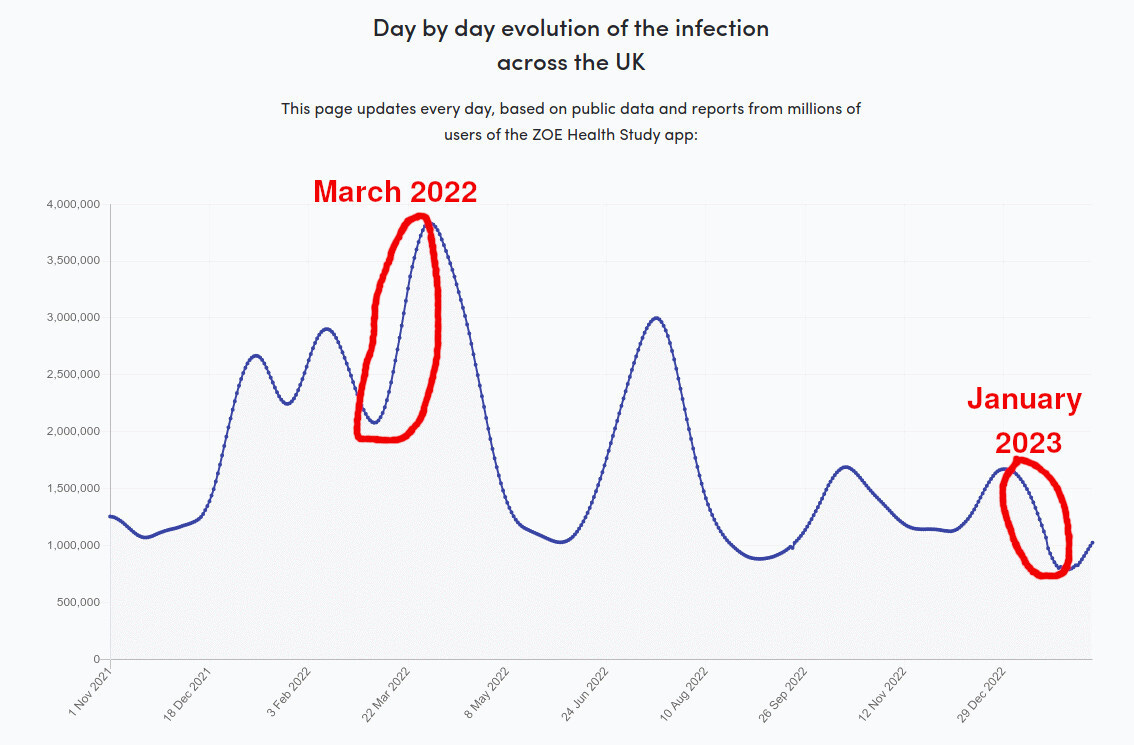



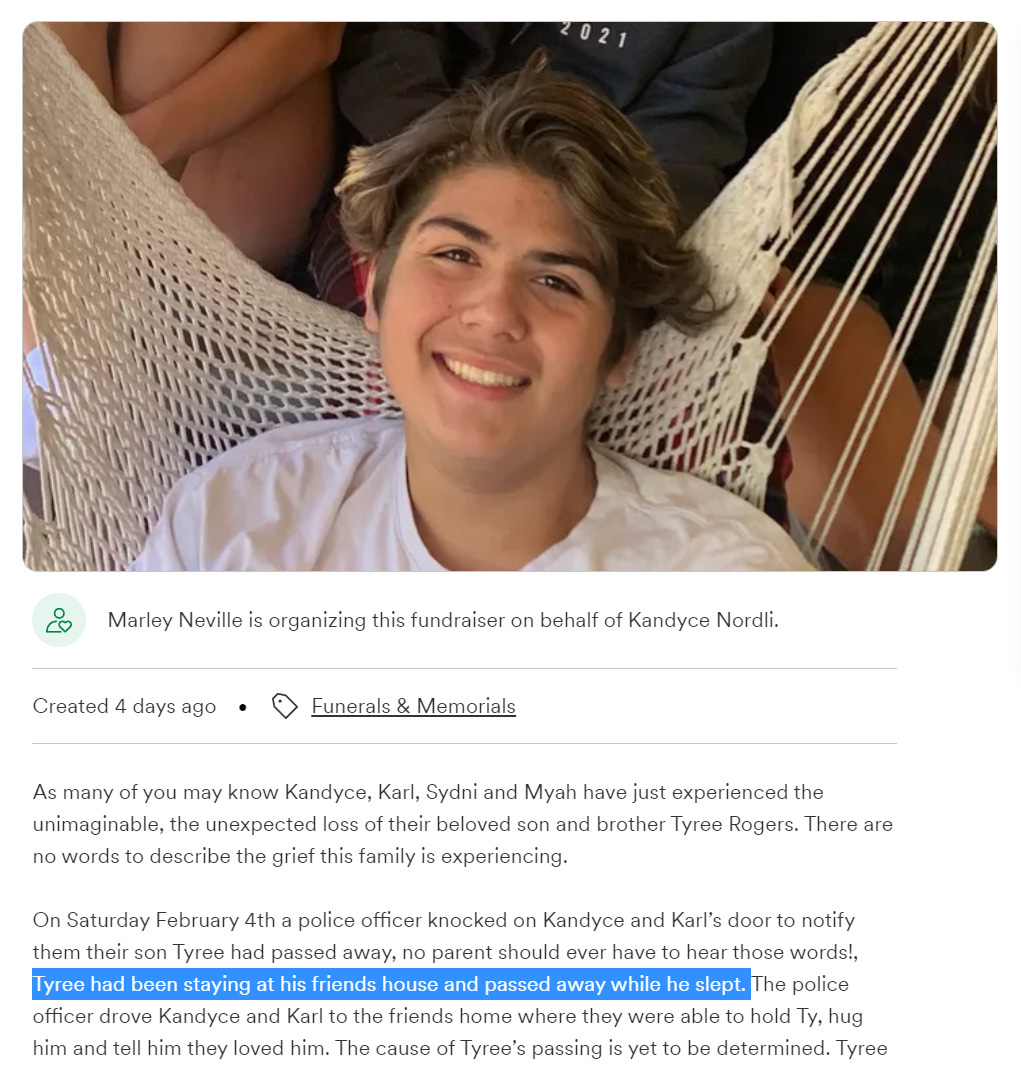





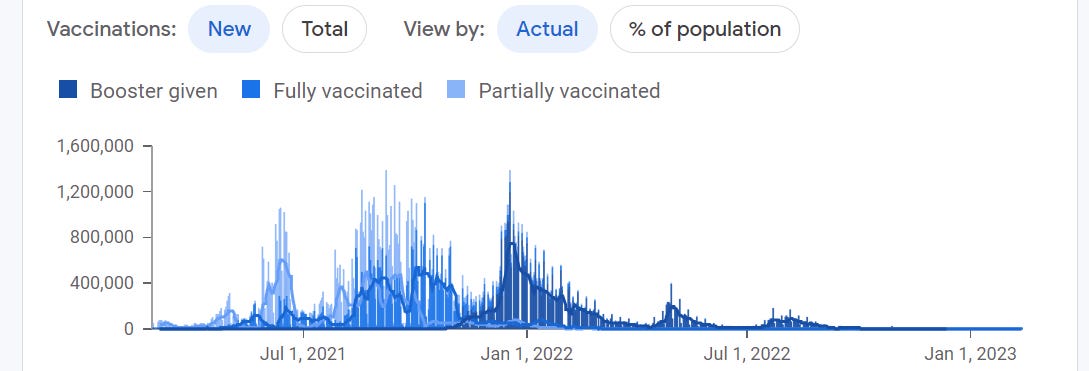
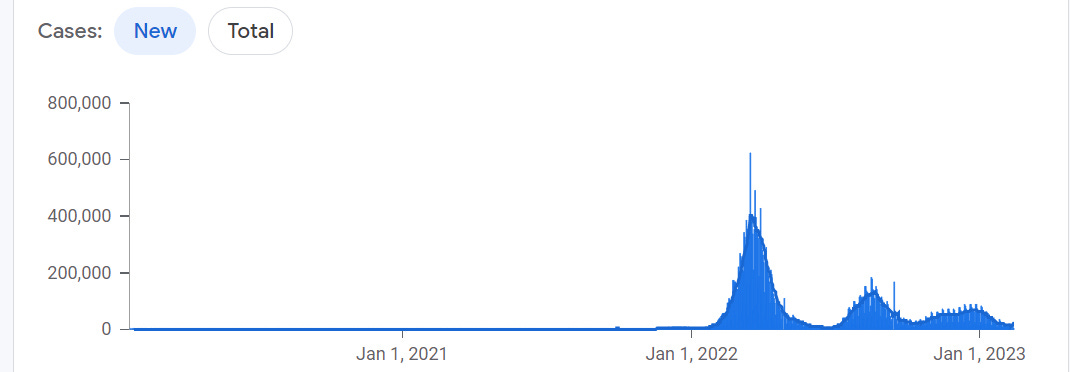
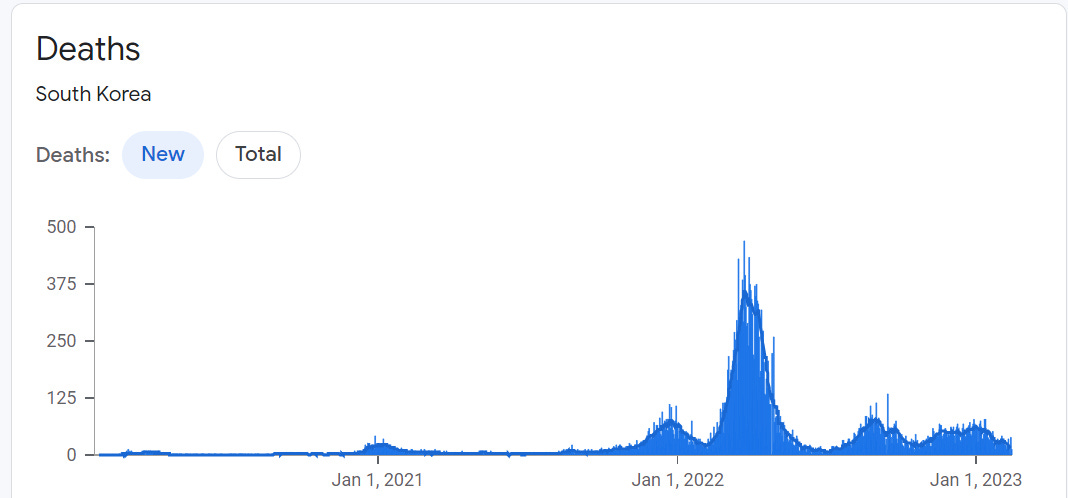
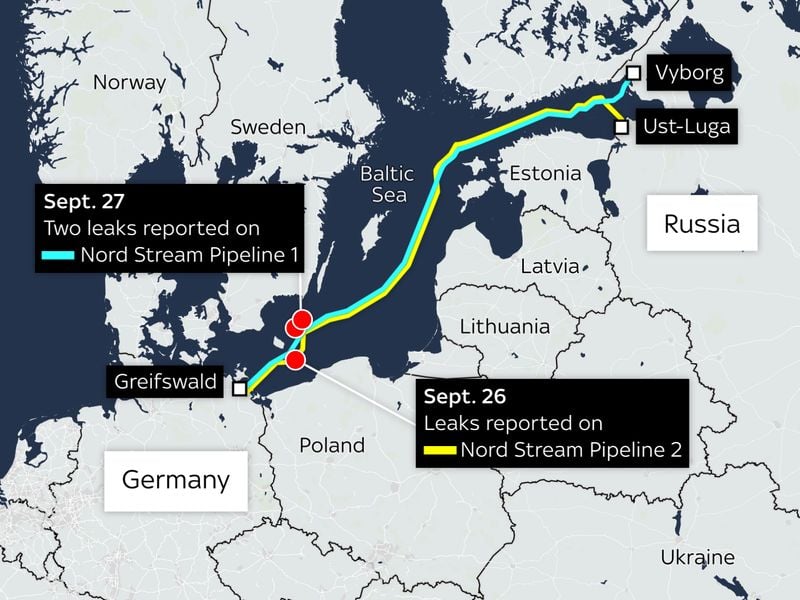
 And Into The Fire
And Into The Fire





























